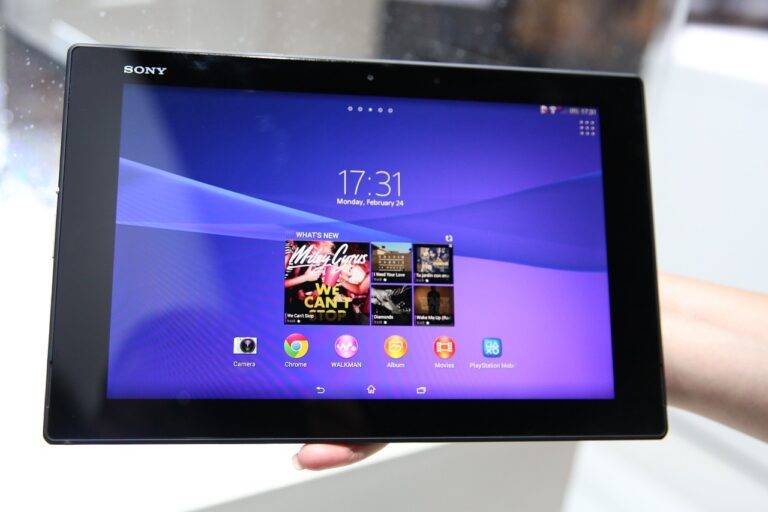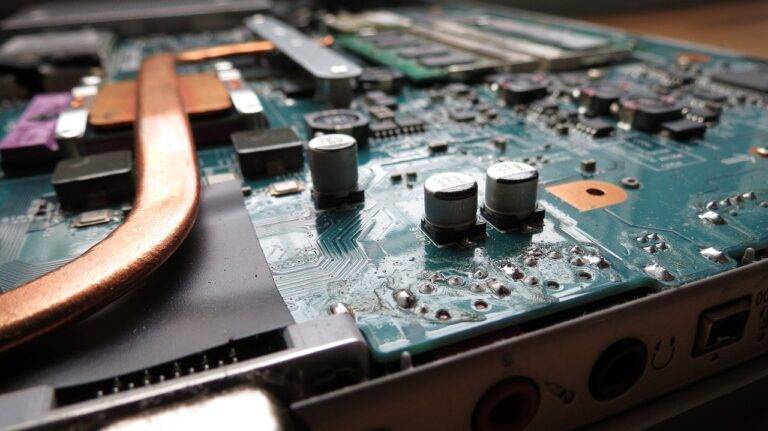The Evolution of Virtual Reality in Entertainment
Virtual reality in entertainment originated as a concept rooted in science fiction. The idea of immersing oneself in a digital world where the senses could be tricked into believing the virtual was real had long captured the imaginations of creators and audiences alike. Early experiments with virtual reality in the entertainment industry date back to the 1950s, when devices like the Sensorama machine aimed to provide a multisensory experience to users.
As technology advanced, so too did the capabilities of virtual reality in entertainment. In the 1990s, virtual reality found a foothold in the gaming industry with systems like Nintendo’s Virtual Boy, offering users an early taste of immersive gameplay. Despite its initial limitations, the Virtual Boy paved the way for more sophisticated virtual reality devices to come, setting the stage for the modern era of VR gaming and entertainment.
Early Attempts at Virtual Reality Technology
In the 1960s, Ivan Sutherland and his student, Bob Sproull, created the first-ever head-mounted display (HMD) system. Named the “Sword of Damocles,” this contraption was large and cumbersome, hanging from the ceiling due to its weight. The device allowed users to see simple wireframe graphics, paving the way for future developments in virtual reality technology.
Following this groundbreaking invention, computer scientist, Myron Krueger, developed the “Videoplace” system in the 1970s. Krueger’s creation used video cameras to overlay computer-generated graphics onto real-world environments, providing users with a more immersive experience. These early attempts at virtual reality laid the foundation for the sophisticated VR technology we have today, shaping the future of entertainment and beyond.
Advancements in Virtual Reality Hardware
Recent years have witnessed remarkable progress in virtual reality hardware, with companies investing heavily in developing more immersive and realistic experiences for users. One of the most significant advancements lies in the improvement of display technologies, such as higher resolution screens and wider field of view, enabling users to feel more present in the virtual world.
Moreover, advancements in tracking systems have also played a crucial role in enhancing the overall virtual reality experience. From inside-out tracking to eye-tracking technology, these innovations have made interactions within the virtual environment more intuitive and seamless. These hardware upgrades contribute to a more realistic and engaging virtual reality experience, bringing users closer to a truly immersive digital world.
What is virtual reality?
Virtual reality is a computer-generated simulation of a three-dimensional environment that can be interacted with in a seemingly real or physical way.
How has virtual reality been used in entertainment?
Virtual reality has been used in entertainment to create immersive experiences in video games, movies, and virtual reality simulations.
What were some early attempts at virtual reality technology?
Early attempts at virtual reality technology include the Sensorama machine developed in the 1950s and the first head-mounted display created by Ivan Sutherland in the 1960s.
What advancements have been made in virtual reality hardware?
Advancements in virtual reality hardware include improved graphics, better motion tracking, more comfortable headsets, and the development of haptic feedback technology.





